Last updated: January 21, 2021
Article
High Plateaus, Smelly Caverns, and Coastal Dunes, Meet the Nation’s Newest Natural Landmarks

The National Park Service is pleased to introduce you to the newest National Natural Landmark (NNL) sites:
- Bear Rocks and Allegheny Front Preserve, WV
- Sulphur Cave and Spring, CO
- Lanphere and Ma-le'l Dunes, CA
Designated by Secretary of the Interior David H. Bernhardt in January 2021, these natural areas become sites 600, 601 and 602 in the National Registry of Natural Landmarks. And, we are excited to honor and welcome as partners, The Nature Conservancy, the City of Steamboat Springs Parks and Recreation, and the Bureau of Land Management and US Fish and Wildlife who are the stewards of these sites, respectively. NNL designation is given in recognition of the site’s significant natural features, and also heralds the landowner’s commitment for stewardship of these national treasures.
These new designations provide an awesome opportunity for everyone to celebrate the great diversity of the Nation’s natural heritage. So, let’s do just that by exploring these sites and see how they illustrate pieces of the geological and ecological story of America.
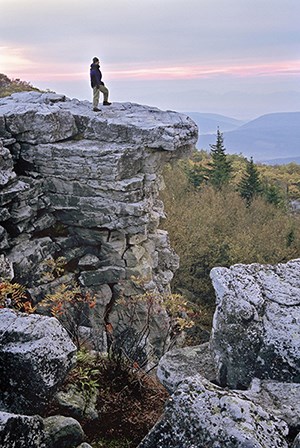
Photo © Kent Mason.
You would walk among red spruce trees, low-lying heath shrubs, rock outcrops and even bogs and marshes, at the lower elevations. It might even feel a bit Maine-ish, as many of the plant species here are typically found much farther north. The wind-swept, stunted appearance of the trees, and plants seemingly growing right out of the rocks, are a testament to adaptations that allow them to survive in such harsh conditions.
Even more mind-boggling is to realize that this high-elevation plateau is the result of continental plates that collided millions of years ago, uplifting the land into mountain landforms, and then slowly eroding away over the years by ice, rain, wind and water. A fascinating chapter in our natural story indeed!
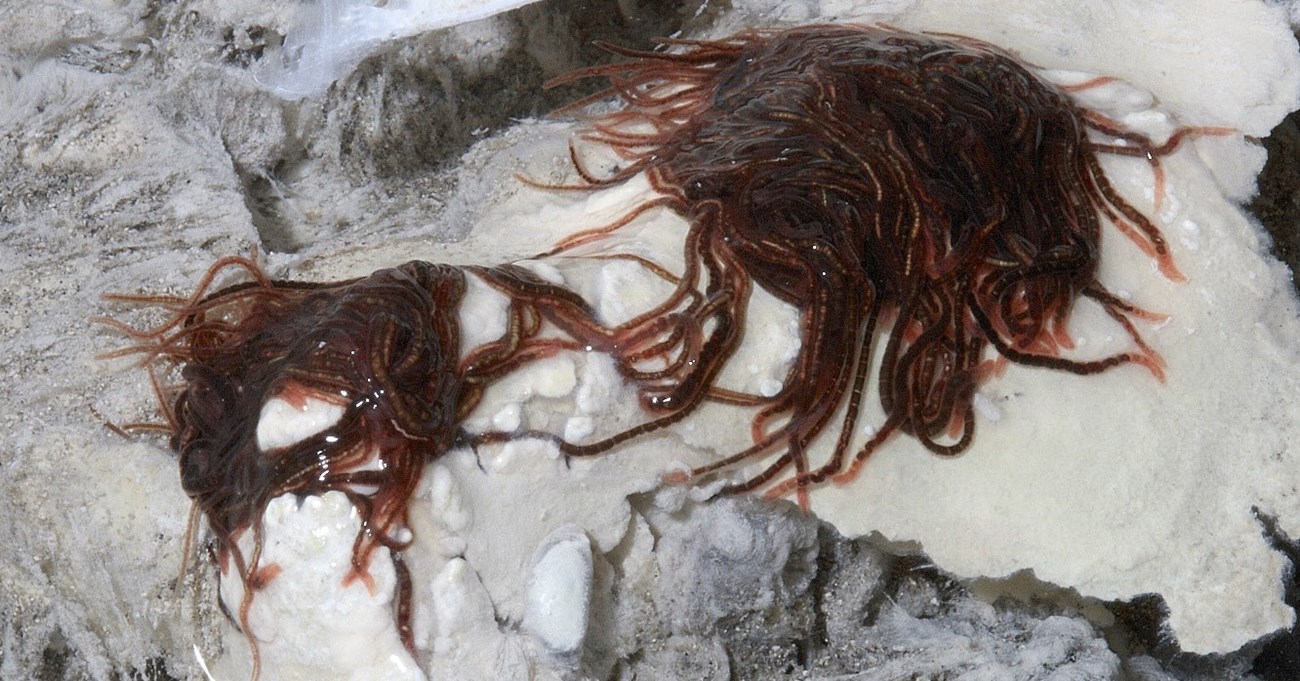
Photo by Norm Thompson.
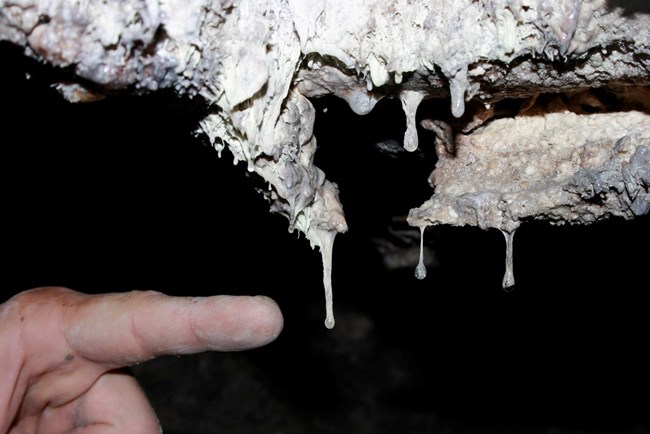
Photo by Norm Thompson.
These uncommon cave formations contain bacteria that metabolize the hydrogen sulfide gas, excreting sulfuric acid in the process, which then dissolves the calcite-rich travertine that is host to the cave. Gas-metabolizing bacteria, crazy right?!
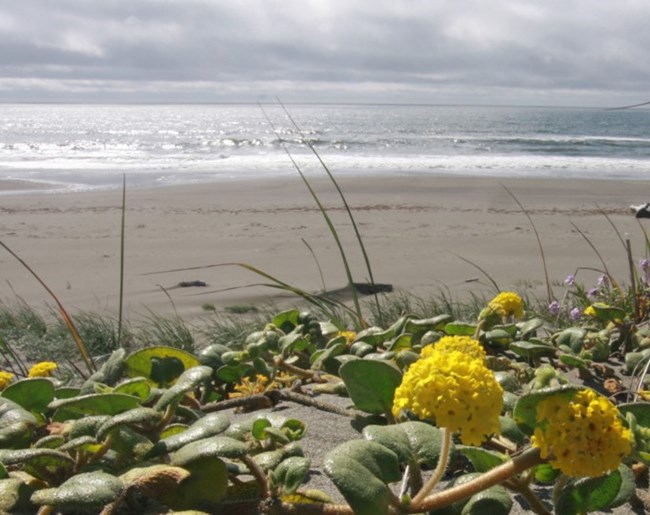
And for all you geology fanatics, this site doesn’t disappoint there either! Lanphere and Ma-le’l Dunes contains exceptional examples of eolian landforms (aka things produced by wind), specifically those associated with sand dunes, such as beaches, foredunes, transverse dunes and stabilized dune forests.
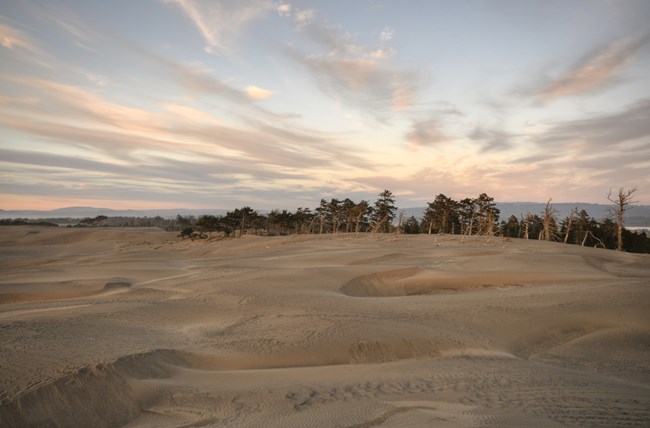

Left Photo © Kent Mason, Middle Photo by Norm Thompson, Right Photo by Andrea Pickart
Now that you’ve glimpsed the amazing wonders of these three new NNLs, we will leave you with their significance statements that you can use to wow your friends, or casually drop into conversations and marvel at people’s reactions to your scientific aptitude….
Bear Rocks and Allegheny Front Preserve is the best example of a plateau within the Appalachian Plateaus Province, showcasing how tectonic activity and continental collision form regionally important mountain and plateau landscapes. The plateau at Bear Rocks Preserve exemplifies all three focus features: flat, sedimentary rock; high elevation with an obvious escarpment; and fluvial dissection. The high elevation and cool climate of Bear Rocks also supports a distinct and diverse ecological community dominated by cold-resistant plant species.
Sulphur Cave and Spring is a superb example of the process and products of bacterially-mediated sulfuric acid speleogenesis. Caves that are actively undergoing sulfuric acid speleogenesis are extremely rare and Sulphur Cave is the only known example in Colorado. The cave contains many uncommon cave features, including biovermiculations, gypsum crystals, native sulfur, snottites, and the recently discovered blood-red worm (Limnodrilus sulphurensis), which is unique to the cave, found nowhere else in the world.
Lanphere and Ma-le’l Dunes is the largest and best quality sand dune ecosystem representing coastal dunes from this area. The site is remarkably undisturbed and yet easily accessible containing an outstanding variety of dune habitats and associated wetlands. These habitats contain virtually all the species of vascular plants typical of dune systems, plus a number of rare species. The site is very scenic and affords visitors an inspiring view of a natural coastal ecosystem.
